#alexander palace
Explore tagged Tumblr posts
Text

#i bring more bad libertines memes because my twitter oomfs dont fw my libs posting#the libertines#peter doherty#pete doherty#carl barât#carl barat#gary powell#john hassall#indie band#alexander palace#indie music#2000s#2000s music#libs
76 notes
·
View notes
Text
The Giant Bath Tub for Tsar Alexander I (1777-1825)

Babolovo (Babolovka) Palace, a historical building located in the town of Tsarskoye Selo (Tsar’s Village), about 24km south of St. Petersburg, Russia.
This palace was built in towards the end of 18th century AD, during the reign of Catherine II of Russia (Catherine the Great, 1729-1796).
The palace is situated close to Catherine Palace and Alexander Palace, both of which are renowned imperial residences from time of Russian Empire.
In 1780 AD, grounds adjoining that of Catherine Palace were presented by Catherine the Great to Grigory Potemkin, a Russian nobleman who was also the empress’ favourite at that time.
Initially, a temporary wooden palace was built which, according to one source, served as a rendezvous point for lovers.
Between 1782-1785 AD, the building was replaced by a stone one, which was designed by Ilya Neyelov (1745–1793), who also designed the bath pavilions in neighbouring Catherine Park.
This new structure was built in Gothic Revival style and served essentially as a summerhouse. Neyelov’s creation was a single-storey building with seven rooms, each of which gave access to park surrounding the palace and an octagonal tower.
Babolovo Palace was not used for a very long time, as it was abandoned in 1791 AD.
One factor contributing to palace’s demise is its remoteness, which meant that it was very seldom visited. It was only several decades later, during the 1820s, that there was a revival in Babolovo Palace.
It was during this decade that Babolovo Palace was renovated under auspices of Tsar Alexander I, grandson of Catherine the Great.
The tsar is said to have liked the palace very much, and it has been rumoured that it was there that he used Babolovo Palace for his trysts with Sophia Velho, daughter of a court banker.
The most significant change that was made to the palace is perhaps the addition of a colossal bath tub, known also as ‘Tsar Bath.’
One of the most curious objects to be found in this palace is a giant bath made of granite, known as ‘Tsar Bath,’ which was added to building some decades after its construction.
The palace, which is part of Babolovo Park, is in ruins today. Nevertheless, there have been plans to preserve palace from further destruction, as well as to develop park surrounding it.
According to one source, the bath tub was originally a chunk of granite from one of the Finnish islands.
This piece of granite weighed over 160 tonnes and a team of masons, led by Vasily Sukhanov, was given the task of turning the rock into a bathtub.
It took Sukhanov 10 years to get the job done, and the resulting piece of work is a true masterpiece.
The Tsar Bath has a height of 1.96m, a depth of 1.52m, and a width of 5.33m.
The walls of tub are 45cm thick, and its weight was reduced from the original 160 tonnes to 48 tonnes.
8,000 buckets of water (about 12 tonnes) could be contained in this bath.
Given the immensity of the bath, the workers renovating the palace had to first place the tub into its designated room before having the walls and roof constructed.
During WWII, Babolovo Palace was badly damaged. Tsar Bath, however, survived and invading Nazis even attempted to have the bath tub transported back to Germany.
They were, however, unsuccessful and extraordinary object was left where it was.
Babolovo Palace has remained in ruins ever since, although plans have been announced recently for conserving the remains of this structure and to develop the surrounding park.
📍 Babolovsky Palace, St. Petersburg, Russia 🇷🇺
© Ancient Origins
#Babolovo Palace#Tsar Bath#Catherine Palace#Alexander Palace#Tsar Alexander I#Catherine the Great#St. Petersburg#Russia#palace#ruins#russian royalty#1700s#18th century#Grigory Potemkin#Ilya Neyelov#Sophia Velho#Babolovo Park#granite#Vasily Sukhanov#bath tub
29 notes
·
View notes
Text






Photographs of the Imperial Bedroom at the Alexander Palace in 1897
Photos from Nicholas’ 1896-1897 Album
19 notes
·
View notes
Text
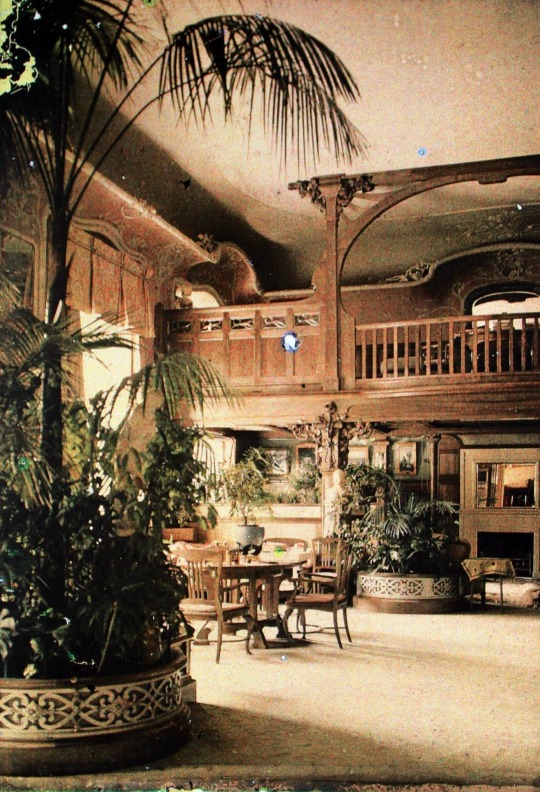


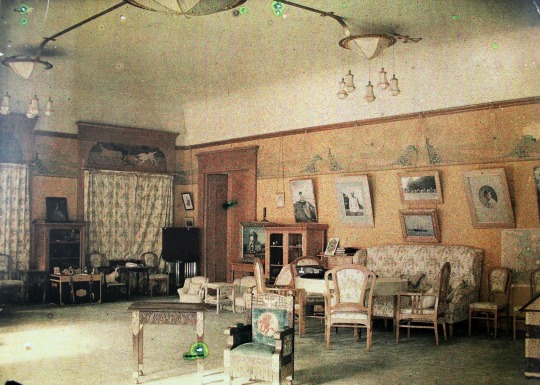

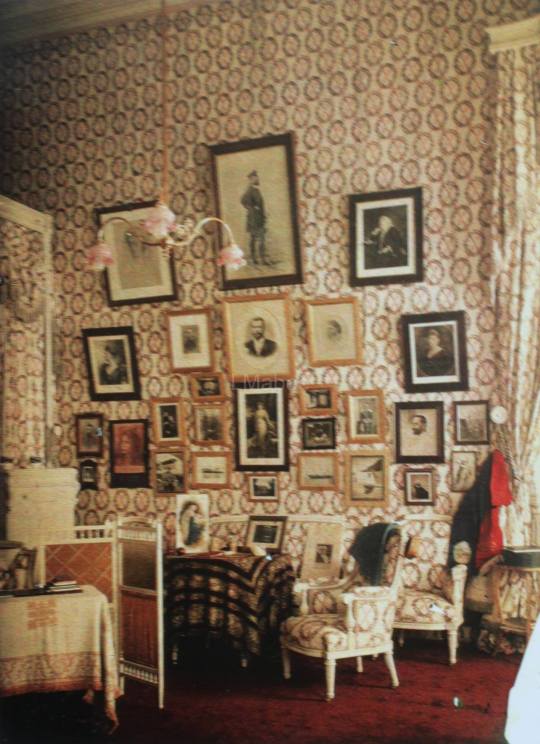
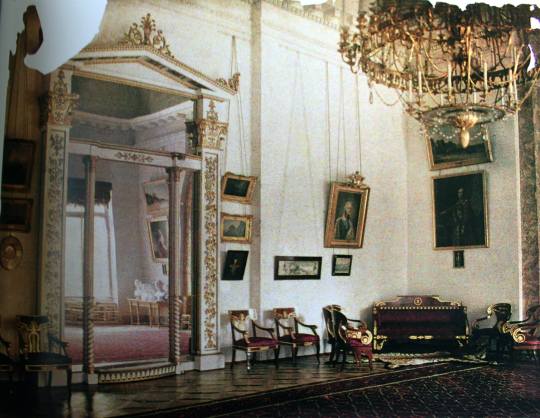

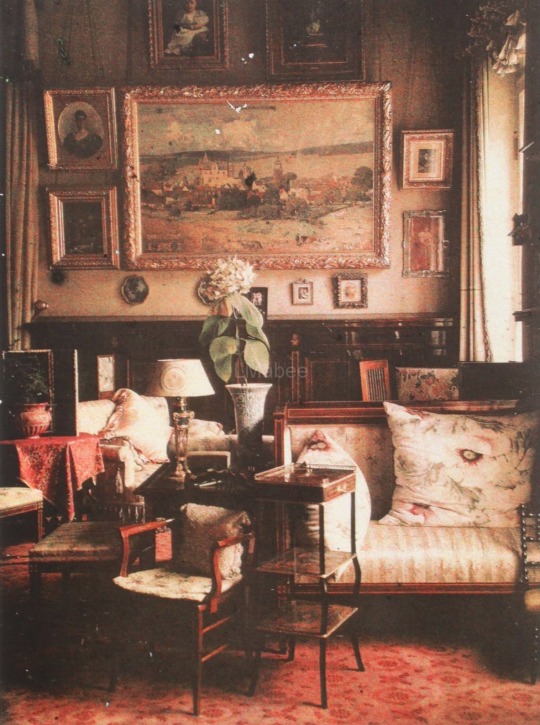

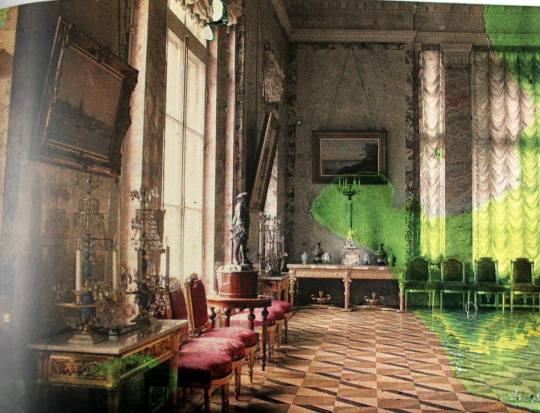

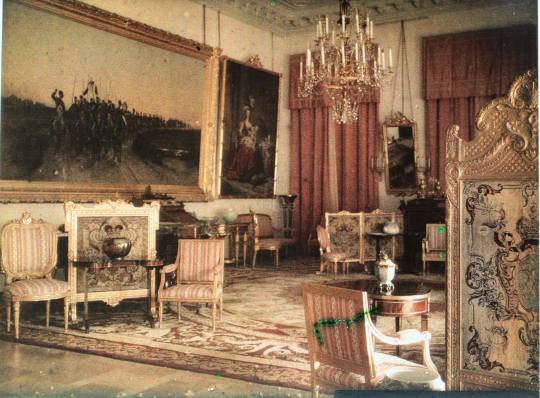
Alexander Palace, Tsarskoye Selo, Russia, 1917,
A rare and unique set of Autochrome color photograph plates, taken by Alexander Zehest in 1917 of the interiors of the Alexander Palace, including both the Parade rooms and the personal rooms of the Imperial Family.
The Autochrome process was a rare and difficult one, invented by the Lumiere Brothers of France in 1903 and marketed in Europe and the US starting in 1907. The autochromes, 140 in total, were made in 1917 by the military photographer Andrei Zeest, who was invited by the art historian George Loukomski, Head of Tsarskoye Selo Inventory Commission. The Alexander Palace interiors were photographed in August-September, soon after the Tsar’s family left for exile.
#art#design#architecture#history#luxury lifestyle#style#luxury house#luxury homes#palace#alexander palace#russia#tsarskoe selo#vintage photography#1917#autochrome#andrei zeest#tsar#imperial#imperial palace#luxuryhouses#luxuryhomes
354 notes
·
View notes
Text
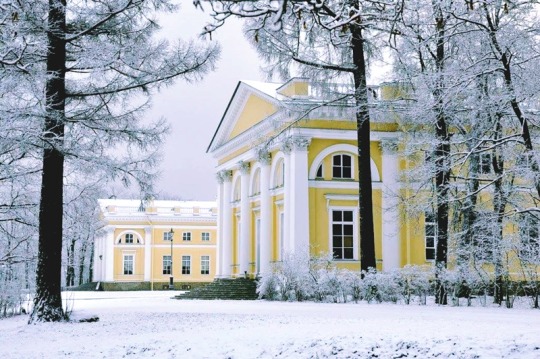
Alexander palace.
100 notes
·
View notes
Text




Anastasia and Alexei, Alexander Palace, 1909.
16 notes
·
View notes
Text

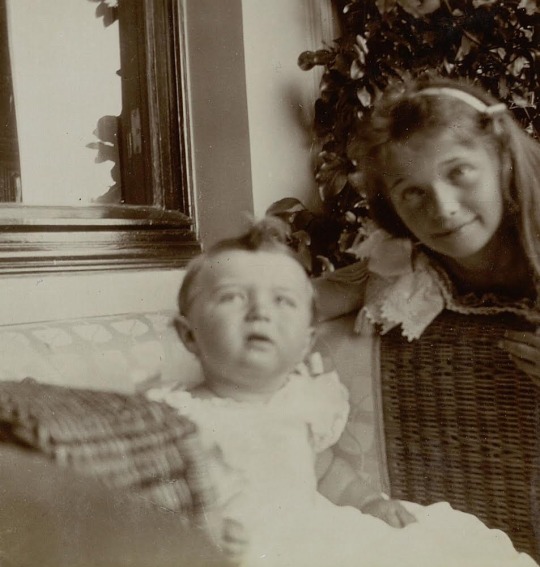
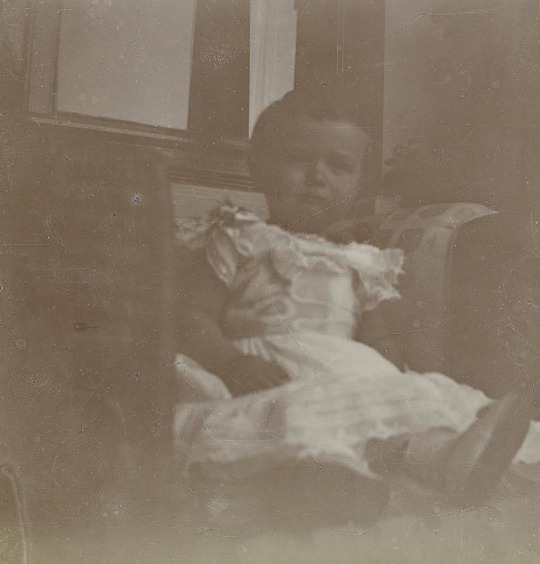
Grand Duchess Olga Nikolaevna of Russia playing with her little brother Tsarevich Alexei Nikolaevich and a camera (also with Maria Pavlovna the younger looking on), 1905 🤍
#such a cute moment!#she loved Alexei so much 🫶#olga nikolaevna#romanov#otma#romanovs#alexei nikolaevich#maria pavlovna the younger#Maria pavlovna#1905#Alexander palace#tsarevich alexei#grand duchess olga nikolaevna#grand duchess Olga#tsarskoe selo
30 notes
·
View notes
Text
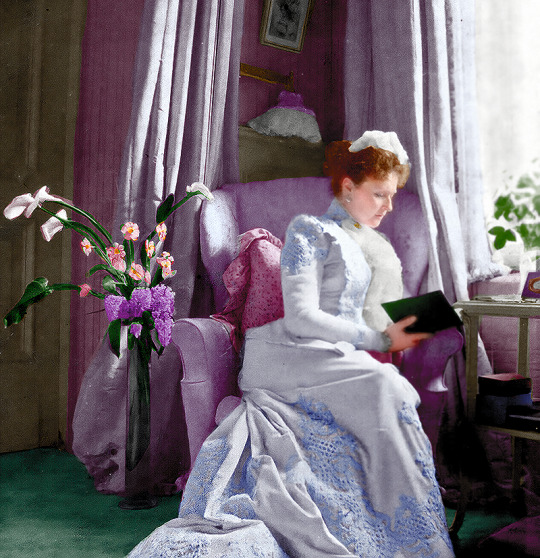
Empress Alexandra Feodorovna of Russia in her favorite Mauve Boudoir, late 1890s.
#Empress Alexandra Feodorovna of Russia#Empress Alexandra Feodorovna#Empress Alexandra#Empress Alexandra of Russia#princess alix of hesse#imperial russia#imperial family#russian imperial family#victorian#romanovs#1890s#colored photography#history colored#1898#1897#mauve boudoir#mauve room#alexander palace
72 notes
·
View notes
Text
I escape reality by living in my artistry







11 notes
·
View notes
Text




Being the Russian Empress and living here (Catherine the Great lives rent free in my mind and heart)
7 notes
·
View notes
Text

~ OTMA Enhanced ~
Grand Duchesses Olga, Tatiana, Maria, and Anastasia Nikolaevna posing with their newly shaved heads, product of the Measles, Tsarskoe Selo 1917
Enhanced by me :)




#I swear this is the best enhancement I have ever done!#I am so happy with this!#😊🤍✨#otma#olga nikolaevna#tatiana nikolaevna#maria nikolaevna#anastasia nikolaevna#romanov#enhanced#enhanced by me#captivity#1917#tsarskoe selo#house arrest#OTMA enhanced#romanovs#alexander palace#mine#made by me
43 notes
·
View notes
Photo

A recent photograph of the Maple Living-Room of the Alexander Palace at Tsarskoe Selo, Russia. You’ll notice many more plants and furniture have been added, including a runner of grey-green carpet for the staircase with treads, seat cushions for the arm-chairs, and other things. GMZ Tsarskoe Selo has also added carpeting up in the entresol (balcony/mezzanine) of the room, and some furniture as well. Little by little, life has been breathed into this timeless room. Even if some may decry the wood tone, and that some textiles haven’t been recreated, etc - think of the fact that the museum is on a budget, and largely had to make use of its own funding for this project - the rehabilitation and restoration of the Alexander Palace. It’s still not finished - work still continues and will do so until next year or more! ________________________________ Photograph Credit: “Влюблённые в Петербург” (Lovers in Petersburg) via VK. Date: June, 2023. ________________________________ Please enjoy the article and information, as well as, the photographs! Also, if you’d like to share and/or re-post these photographs elsewhere PLEASE credit GMZ Tsarskoe Selo, and Lovers in Petersburg, accordingly. Thank-you!
#alexander palace#imperial russia#tsarskoe selo#saint petersburg#romanov#art nouveau#maple living room#jugendstil#reconstruction#recreation#restoration#gmz tsarskoe selo
42 notes
·
View notes
Text



One of the grand duchesses (possibly Anastasia or Maria?) being a gymnast presumably inside the Alexander Palace. March 1914
From Maria’s 1913-1914 Album
36 notes
·
View notes
Text

Alexandra Memorial Chapel at the Alexander Palace
30 notes
·
View notes
Text
A very rare photograph of Olga Nikolaevna trying the new automobile, Winter 1916


Also seen are Nicholas and Alexandra, and possibly Alexei Nikolaevich obscured by Nicholas. They are testing out the new Packard Twin Six Model 1-35 Touring Sedan automobile, especially equipped with skis! Poor Olga looks freezing!
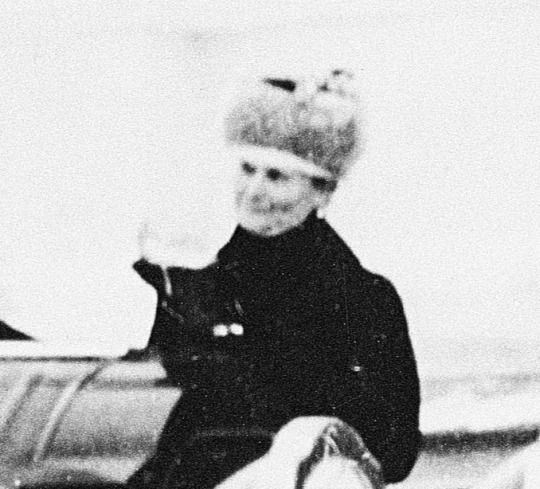

#my own#so happy to have found this!#rare#Olga Nikolaevna#Nicholas II#Alexandra Feodorovna#Alexander Palace#cars#automobiles#Romanov family#Olga Romanov
130 notes
·
View notes
Text
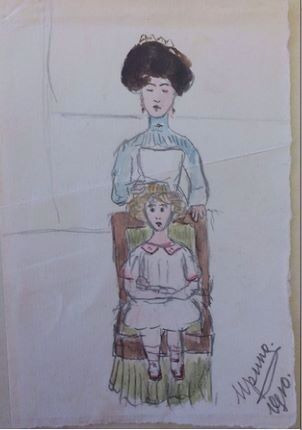
1910 drawing by Irina Alexandrovna, found in the girl's classroom at the Alexander Palace. I'm not sure, but I think this is her and her mom Xenia.
#alexander palace#irina alexandrovna#drawing#xenia alexandrovna#romanovs#romanov#romanov sisters#childrens drawings#so cute#1910s#1910
27 notes
·
View notes